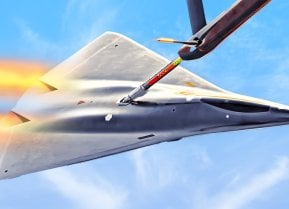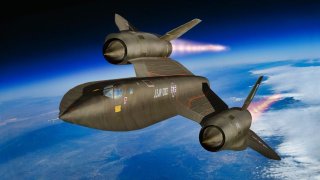SR-71 'I': How Lockheed Planned to Transform the Blackbird into a Missile-Wielding Interceptor
The SR-71 "I" was a proposed interceptor variant of the famed SR-71 Blackbird, designed to counter Soviet air defenses during the Cold War.
Summary and Key Points: The SR-71 "I" was a proposed interceptor variant of the famed SR-71 Blackbird, designed to counter Soviet air defenses during the Cold War.
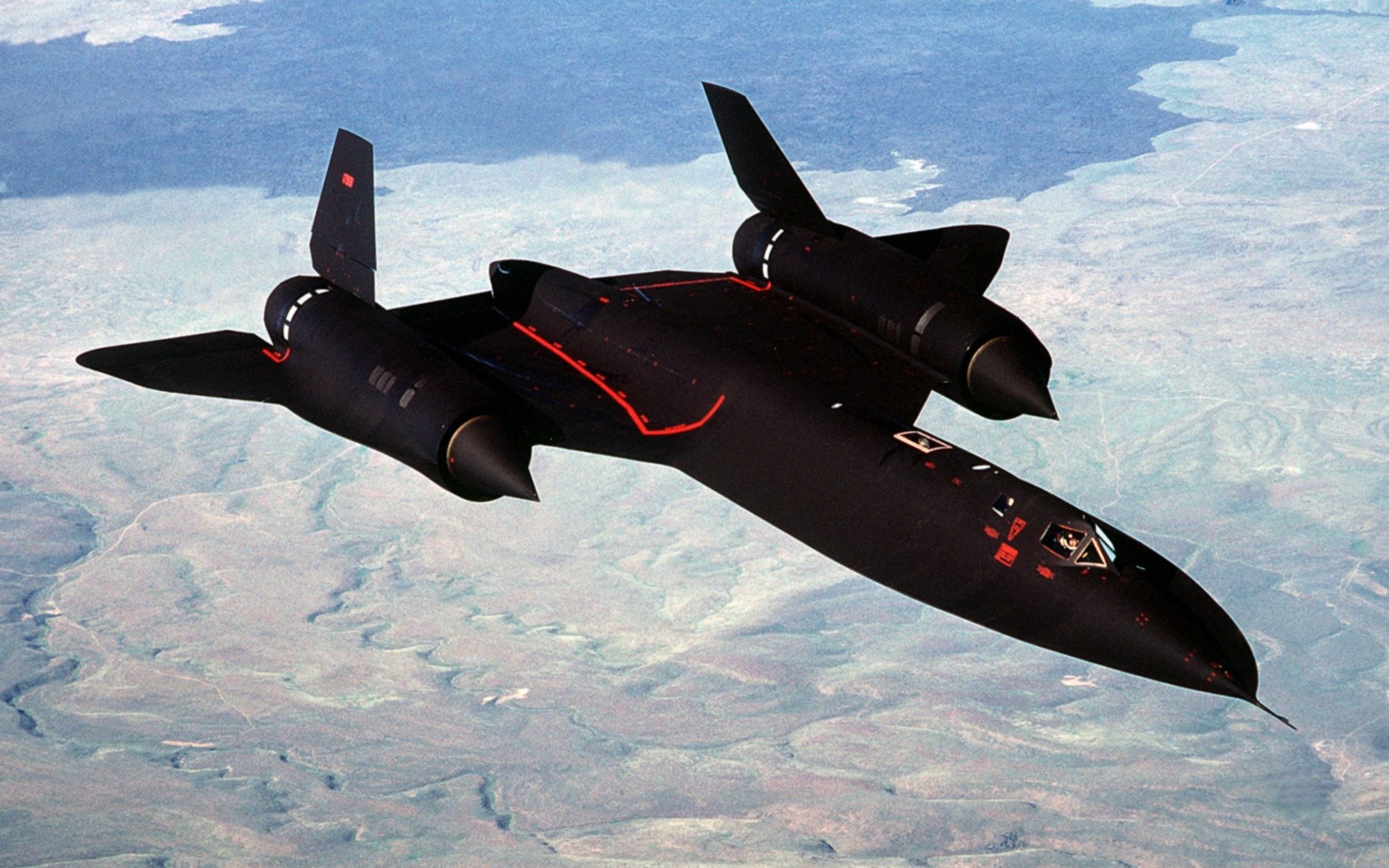
-Lockheed Martin conceptualized this variant to equip the aircraft with AIM-120 AMRAAM missiles and advanced radar systems, making it capable of taking out Soviet AWACS aircraft.
-While the standard SR-71 excelled at reconnaissance with speeds up to Mach 3.3, the interceptor version would have enhanced offensive capabilities.
-Despite plans to modify seven existing Blackbirds, the SR-71 "I" never materialized, remaining an intriguing "what if" in Cold War aviation history.
Meet the SR-71 'I': The Unbuilt Blackbird Designed to Take Down Soviet Air Defenses
You have probably heard of the SR-71, also known as the fastest airframe ever to fly the skies in history.
However, you may not have heard the story of the SR-71 “I”, the sister variant of the Blackbird designed to take out Soviet defenses during the Cold War with missiles and radar systems.
The interceptor variant of the well-respected SR-71 was intended to sport AIM-120 Advanced Medium Range Air-to-Air Missile (AMRAAM).
Lockheed conceptualized this variant better to counter the Soviet Union’s latest generation of airframes.
Meet the SR-71
Through its nearly quarter of a century career, the SR-71 represented the center of the U.S. Air Force’s aerial strategy.
The cutting-edge airframe was initially conceptualized to be a successor for the CIA’s U-2 spy plane.
In 1960, a U-2 was shot down over Soviet airspace, leading American engineers at Lockheed Martin’s Skunk Works to craft a faster and more sophisticated renaissance airframe that would evade the USSR’s defenses. The SR-71 was given the nickname Blackbird for its unique black exterior.
In addition to the airframe’s titanium frame, it also sported black paint to help dissipate heat and absorb enemy radar emissions.
Prior to the Blackbird, the A-12 was meant to fulfill the CIA’s need for a speedy airframe.
While this platform was quite fast, its non-titanium exterior did not lend well at all to the high temperatures created by flying so fast.
Notably, the U.S. ultimately acquired the amount of titanium needed to develop the Blackbirds from the USSR via third countries.
Speed Was the Weapon
Equipped with advanced synthetic aperture radar systems and Itek cameras, the SR-71 provided efficient reconnaissance for the Air Force. Since the Blackbird could fly at speeds reaching Mach 3.3, Soviet defenses were unable to take it down while in action.
This formidable airframe had such a respected track record that Lockheed Martin even thought of developing a long-range interceptor variant derived from it.
What happened to the long-range interceptor SR-71 Blackbird variant?
In the book Origins and Evolution Lockheed SR-71 Lockheed, author Scott Lowther provides an in-depth overview of the Blackbird platform.
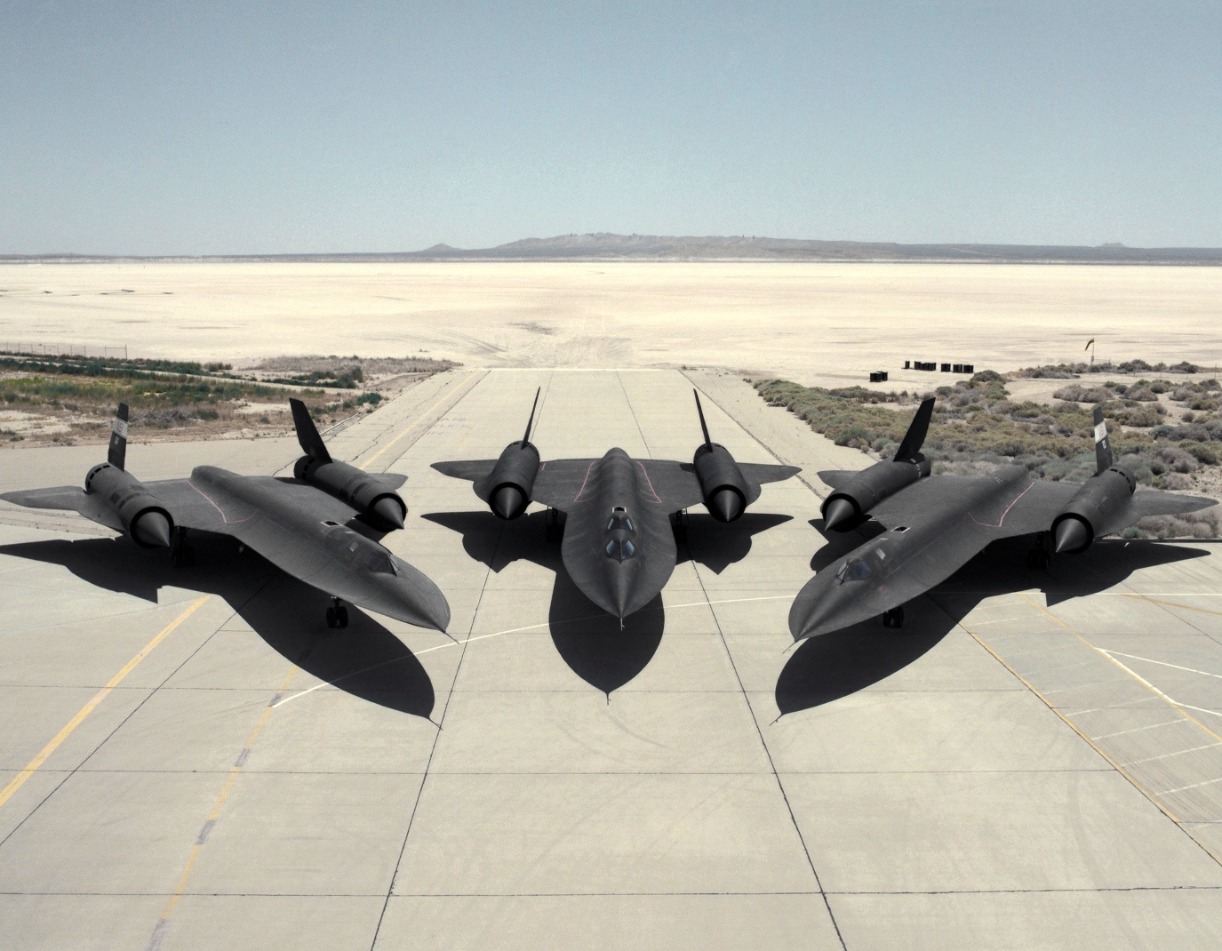
In the early 1980s, a think tank reportedly came up with the idea to fit four AIM-54 Phoenix missiles and the AQG-9 to the Blackbird to help destroy the USSR’s AWACS airframes.
While this never came to fruition, an offshoot proposal to create an interceptor Blackbird variant emerged two years later.
The SR-71 “I” idea came from Lockheed Martin and called for newer AIM-120 AMRAAMs to be featured.
As detailed by the Aviation Geek Club, “the AIM-120 was essentially the same size as the AIM-7E/F Sparrow without requiring the complexity of folding fins. The Sparrow missile required that the target be illuminated by the radar unit in the aircraft, while the AIM-120 had its own radar transmitter. Thus, it was a ‘fire and forget’ missile. A bonus was that since the aircraft’s radar did not need to constantly track a single target until the missile hit it, multiple enemy aircraft could be tracked and targeted simultaneously. In order to support the new AIM-120 missiles, the SR-71 I would be equipped with the AN/APG-65 radar used on the F/A-18 Hornet.”
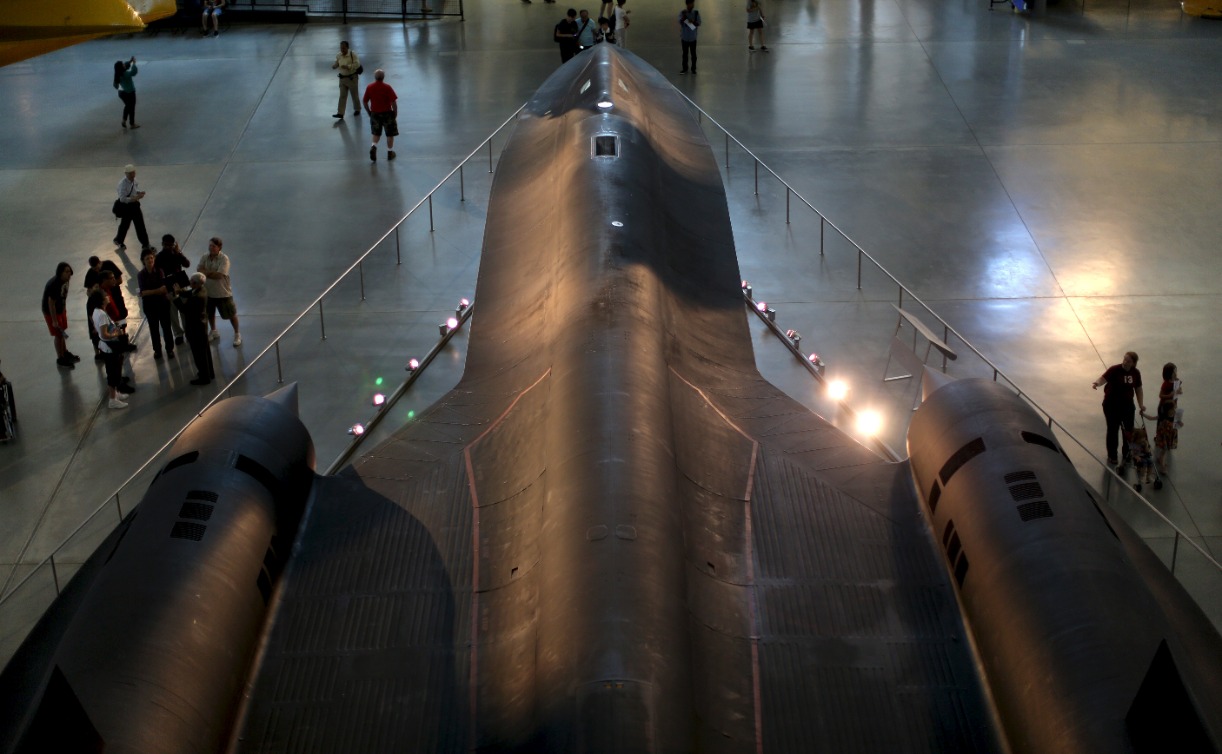
The idea was to modify seven existing Blackbird variants to be fitted with these improved capabilities. Ultimately, however, the long-range interceptor variant of the SR-71 never coalesced.
About the Author
Maya Carlin is an analyst with the Center for Security Policy and a former Anna Sobol Levy Fellow at IDC Herzliya in Israel. She has by-lines in many publications, including The National Interest, Jerusalem Post, and Times of Israel. You can follow her on Twitter: @MayaCarlin.
Image Credit: Creative Commons.
